Romanticism & Christianity 1:
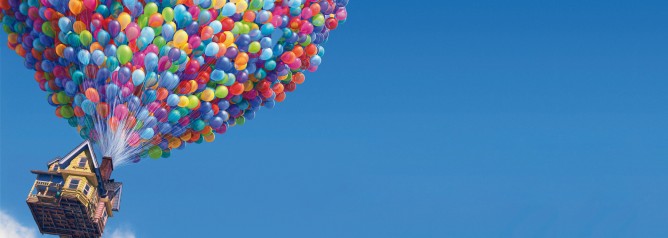
Today, to coincide with an essay published in The Age and Sydney Morning Herald I am going to begin a series of posts on Romanticism and Christianity. I am convinced that our culture be understood apart from understanding its Romantic sensibility, and that Christianity has important things to say to it.
What do I mean by Romanticism?
Romanticism has had enough definition and redefinition to make scholars throw up their hands. Historically it is associated with a reaction to modernity in the arts in the 17th and 18th centuries (I am only secondarily interested in that). Culturally, Romanticism is something much broader. Here’s my working defintion:Of course Romanticism is popularly associated with the idea of romantic relationships – which is understandable since we commonly believe that finding the right mate will fulfil us – but it also encompasses far more. For example:Romanticism is an act of the imagination which indulges the idea of richer and more emotionally satisfying worlds, times and modes of life.
- Children’s stories are traditionally Romantic. Victorian children’s literature trades on the idea that there was once a free, joyful period in our early lives – a time where magic and adventure were plausible.
At their most Romantic, children’s stories themselves explicitly incorporate nostalgic elements that remind us that childhood cannot last: Peter Pan; the final scenes in The House at Pooh Corner; the barring of older children from Narnia. Pixar, the most successful contemporary purveyors of children’s stories exploit this theme repeatedly – fils such as Up, The Incredibles and Up are suffused with a sadness of lost glories and joys that cannot last.
- Cinema is, of course, thoroughly Romantic. When they convert your life into a movie it will be more exciting than it really was and you will be played by an actor who is better looking than you. But almost every genre of cinema is Romantic:
- superhero stories imagine humans as gods;
- action movies and thrillers allow us to journey with people stronger & smarter than ourselves;
- science fiction movies imagine humans living among the stars;
- dystopian movies might recall the present in a more golden hue;
- romantic-comedies… obviously.
- Much political and social theory tends to be Romantic. Left-wing politics is particularly prone to the Romantic spirit, a fact that can be glimpsed in:
- the general instinct that non-Western cultures are more interesting (and sometimes more righteous);
- the Marxist notion that a golden age (an end to history) might be ushered in through political action – particularly revolution;
- green politics that attempts to move toward a world where humans live in Eden-like harmony with nature.
- But there is Romanticism on the right too. Conservatives like to dream of a world pacified by free-trade agreements and democratic process. Fascists look toward a localised utopia with a unified culture and purified race.
- We have Romantic ideals for our own lives. At the present moment this can be seen clearly in “Hipster” nostalgia for depression-era fashion, music and crafts, or in the Steampunk aesthetic which finds its starting point in the industrial revolution. But Romanticism can also be found in the preference for “extreme” sports; the dream of travel to exotic locations; the search for more creative and fulfilling work; various “good-life” TV shows which deal with food and renovation; the idea of making it big on a talent competition etc etc.
Some random observations concerning Romanticism
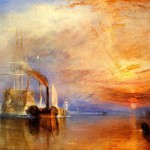 | Romanticism can often be sad because it imagines that the best times are past or passing. (Left) Turner’s “Fighting Temeraire” (1839) offers a classic expression of Romantic sentiment – it depicts (in exaggerated tones) the final voyage of a majestic Napolean era battleship being towed up the Thames to be scrapped by an ugly steam tug. |
Romanticism can be extremely dangerous if it imagines those times to be attainable (or recoverable) through political action (see above). (Left) ”Arbeitsmaiden” by Leopold Schmutzler (1940) illustrates the Romantic impulse in German facism. |
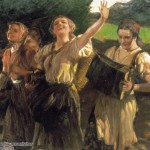
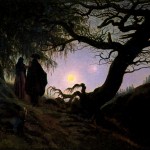
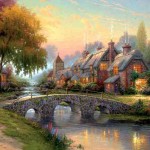
No comments:
Post a Comment